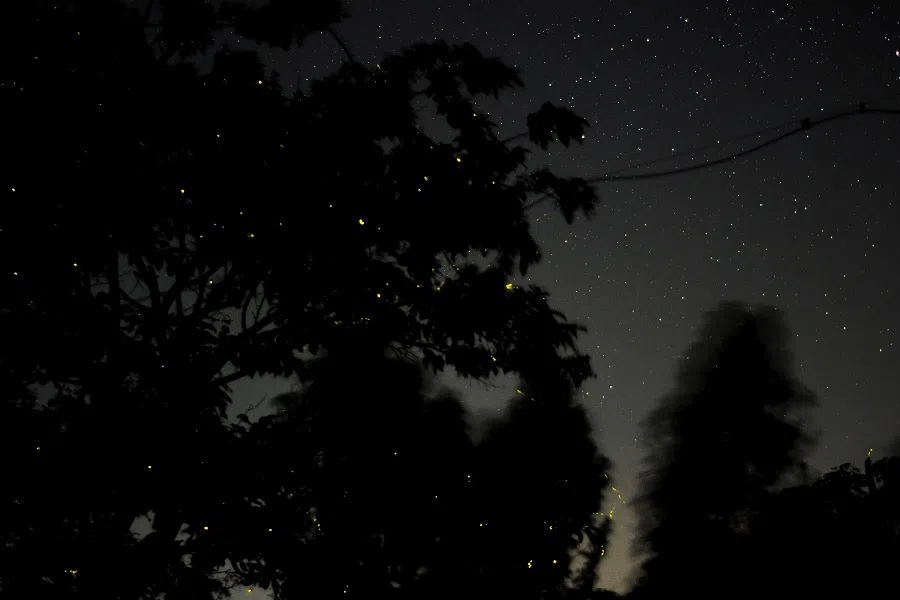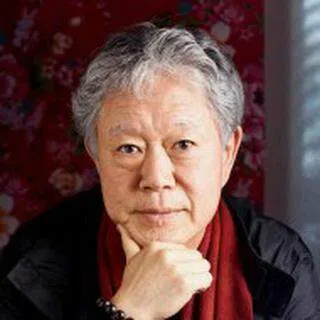Taiwanese art historian: What's the significance of the Mid-Autumn Festival?
Art historian Chiang Hsun recalls a time of basking in the glow of natural light that can be hardly seen or felt today. Modern artificial lights have driven out the darkness, but along with it life itself.

With the high level of industrialisation after the 20th century, the teeming artificial light has chased away natural light.
Living in the city, chances to feel the moonlight or even use candles are few and far between. Tang dynasty poet Zhang Jiuling's line "I blow out the candles, cherishing and basking in the moonlit house" (灭烛怜光满) is as good as dead, unable to stir up any emotion.
Candlelight has passed away and moonlight is lifeless - walking under the sweeping white, fluorescent light, the moon has vanished. The full moon that emerges every month is no longer a collective memory of humanity.
Sharing with the dead
So then, what's the significance of the Mid-Autumn Festival?
Does the night where the moon is at its fullest and brightest still matter?
The words shangyuan (上元, Lantern Festival), zhongyuan (中元, Hungry Ghost Festival) and zhongqiu (中秋, Mid-Autumn Festival) in Chinese culture are all related to memories of the full moon.
Like a boat holding a small flame, the pieces of wood rock about and float on the river, like wandering souls on the tranquil and quiet Katsura River.

The Lantern Festival marks the first full moon of the New Year in the first lunar month. The Hungry Ghost Festival is about deliverance (普度), sharing the wholesome memories on earth with the dead. It is about releasing a water lantern and summoning the wandering souls to celebrate this fullness and perfection with the living.
Fullness and perfection is not just a memory of the living; it ought to be shared with the dead as well.
Every Hungry Ghost Festival, people release water lanterns on the Katsura River beneath the Togetsukyo Bridge at the foot of Arashiyama in Kyoto. The locals would write on a small piece of wood the names of their deceased relatives or friends, or the words "all sentient beings" or "all loved ones dead or alive", and place a lit candle on top of it.
Like a boat holding a small flame, the pieces of wood rock about and float on the river, like wandering souls on the tranquil and quiet Katsura River.
Just as a cacophony of noise drives people crazy, the city's light pollution also renders the heart anxious and troubled.

It was then that I experienced Zhang's words again. There were no modern lights on either side of the river bank, just candlelight on the distant river, drifting further and further away.
Can the fullness of light be found like this again?
Darkness driven out
Cities on the island with their massive amount of modern, artificial, ugly and exaggerated lights have drowned away natural light. They wiped out the fullness and subtleties of the moonlight, extinguished the splendid and magnificent glow from the break of dawn, and erased the glorious and majestic twilight as dusk settles.
Why do we need so much modern lighting? The towering, pervasive, abominable and glaring street lights make one feel uneasy and restless. Just as a cacophony of noise drives people crazy, the city's light pollution also renders the heart anxious and troubled.

Light (光) is misread as illumination (光明) when used in contrast against moral darkness. Indeed, superficial dichotomies encourage driving out darkness with light.
But a city that is excessively illuminated all night long keeps flora and fauna from sleeping, thus changing the natural environment.
Darkness is gone, and with it, countless lives.
Restoring light and life
It is not just the moonlight and starlight that have disappeared - the fireflies that were found everywhere in our childhood are also gone.
Fireflies rely on the glow from their tails to find a mate and breed. The beauty of the flashes of light from a firefly that we fondly remember from our childhood is in fact the splendour and majesty of procreation.
Light pollution has hindered the fireflies' ability to mate. Light may have driven out darkness, but it has also destroyed life.

I once saw the restoration of fireflies at a mountainous area in Mabu, Beipu township, by the AUO Foundation. There were no lights or flashlights, and our phones were switched off.
Out came the fireflies, blinking and twinkling like stars in the night sky. My friend who tagged along on the trip was filled with joy - he was relaxed and calm, without a trace of restlessness from the day's hustle and bustle.
May we find the fullness and perfection of light, and find our happy self again.





![[Big read] China’s 10 trillion RMB debt clean-up falls short](https://cassette.sphdigital.com.sg/image/thinkchina/d08cfc72b13782693c25f2fcbf886fa7673723efca260881e7086211b082e66c)